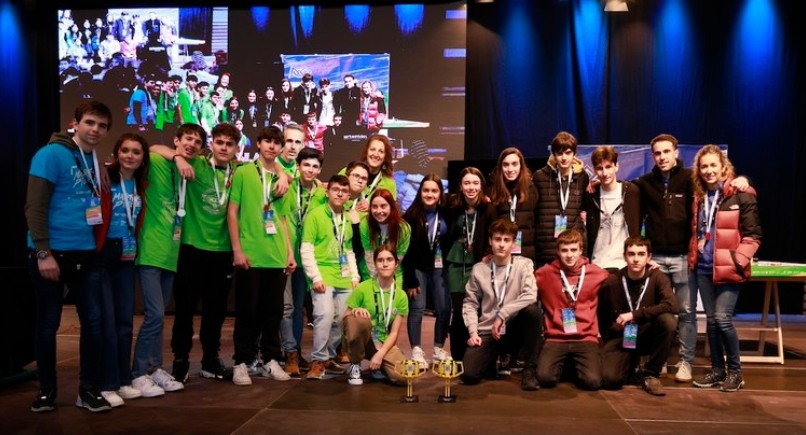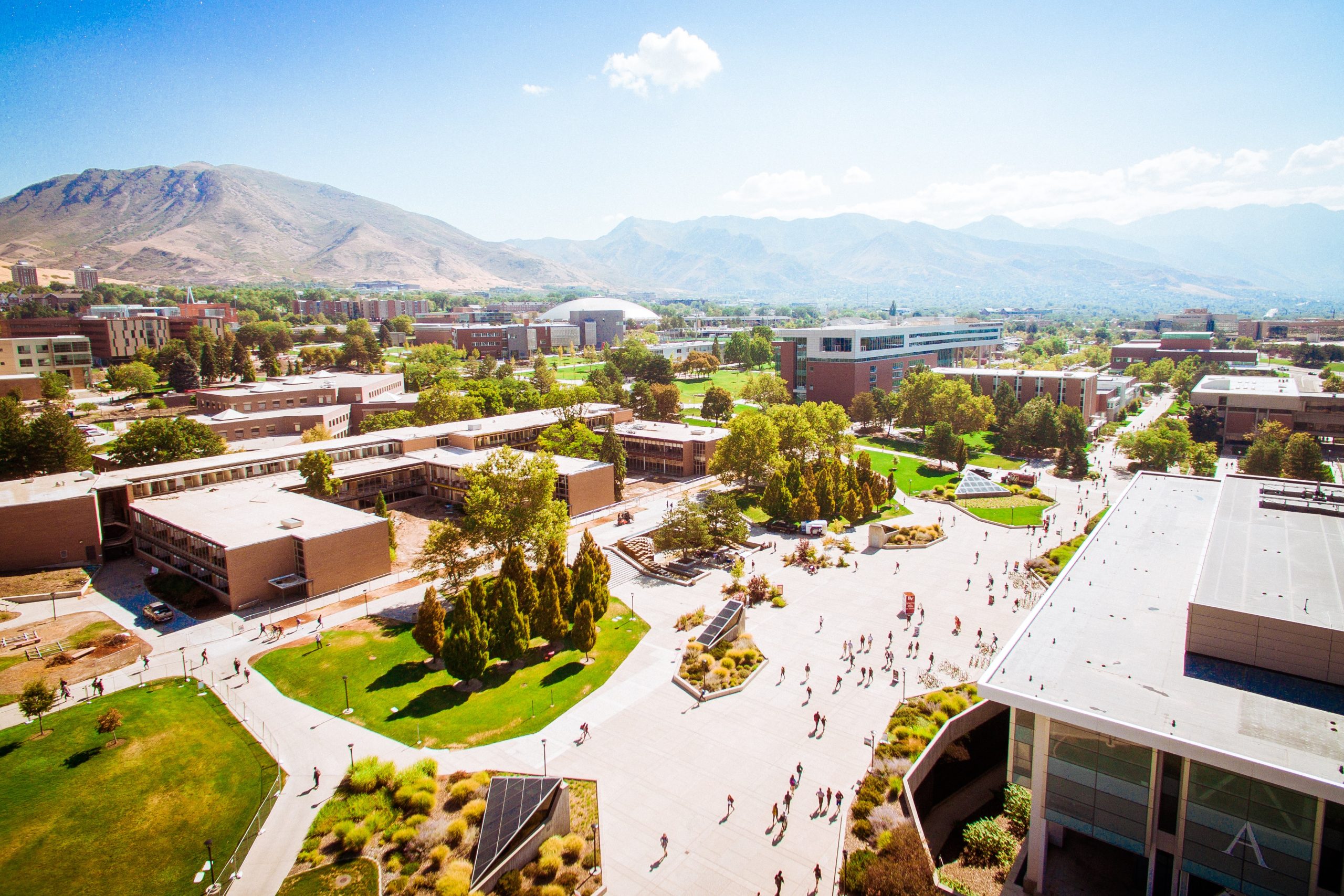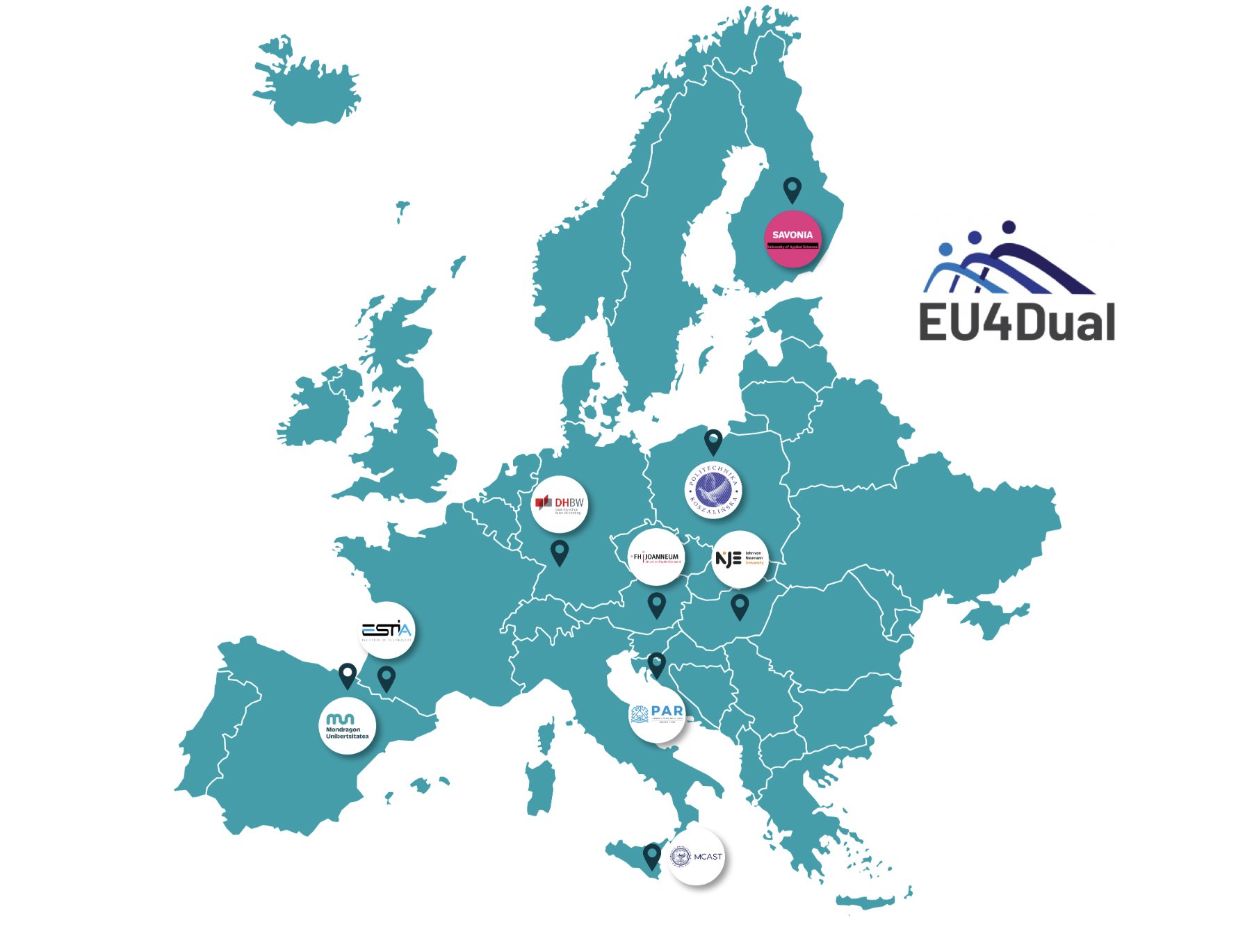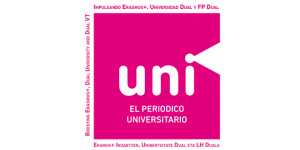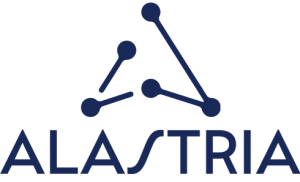Almost twice as many men as women studied Vocational Training in its three modalities (Basic, Middle grade and Higher Grade) in the 2019/20 academic year in the Basque Country, according to data prepared by Eustat. The pattern is repeated in the three modalities, with ratios ranging from 2.6 men for each woman in the Basic and 1.9 in the Vocational Training of Higher Degree.
The non-university education of the Basque Country counted in the 2019/20 academic year with a total of 419,875 students, increasing enrollment by 0.3% compared to the previous year. 93% of the enrolments were made in General Regime Teachings and the remaining 7% in Special Regime Teachings. The variation with respect to the 2018/19 academic year was an increase of 0.4% in General Regime Teachings and a decrease of 0.2% in Special Regime Teachings. However, it is worth noting the increase in Baccalaureate and Vocational Training students, of 3.2% and 2.6%, respectively. Likewise, the 10% increase registered in Adult Education is remarkable, which reverses the decreasing trend of the last four years.
The territorial distribution of the students of Special Regime Teachings was conditioned by the available offer. Although in the teaching of languages and music the offer was wide and the distribution was similar to that of the General Regime Teachings, the rest of the studies concentrated their students in one of the territories.
With regard to the ownership of the center, enrollment in General Regime Education was slightly higher in public schools, with 53% of students compared to 47% of private schools which, in absolute terms, translates into almost 20,000 more students in public education.
Model D takes hold
In accordance with the linguistic model, in the General Regime Teachings, the growing trend of model D was maintained. In the 2019/20 academic year, 68% of students chose Basque as the vehicular language. However, there were differences between educational levels: at the compulsory levels – infant, primary and compulsory secondary education – enrolment in model D was above 70%; on the contrary, less than a quarter of vocational training students carried out their studies in this linguistic modality.
Increases with age
Among those under 20 years of age who during the 2019/20 academic year carried out post-compulsory secondary studies, 76% enrolled in Baccalaureate and the remaining 24% opted for intermediate vocational training.
There was a gradient in the proportion of enrolments at these levels according to age: although average vocational education was a minority option for 16-year-old students, this alternative was acquiring greater presence as age increased.
The distribution by sex at these levels was uneven. In Baccalaureate, women were the majority, 55%, while in intermediate vocational training there were approximately twice as many men as women. In addition, gender differences were detected in the choice of Baccalaureate modalities. Except in the scientific orientation, where the distribution by sex was equal, the female presence was predominant, especially in the Arts modality, in which three out of four enrollments corresponded to women.
Similarly, most of the professional families in which the offer of intermediate vocational training is classified presented imbalances in the distribution by sex of their students. Thus, families related to personal image and care of people had a percentage of women higher than 75%; on the contrary, there were six totally masculinized families, in which the female presence was almost anecdotal since women accounted for less than 10% of the set of students: Computer Science and Communications, Mechanical Manufacturing, Maritime Fishing, Transport and Maintenance of Vehicles, Electricity and Electronics and Installation and Maintenance.
In the field of non-university higher education, enrolment in Higher Vocational Training increased by 2.6% compared to the 2018/2019 academic year. The proportion of women, both at the total level and in the various professional families, followed the same pattern as that detected in intermediate vocational training.
Scholarships and study grants
In the 2019/20 academic year, the amount of scholarships and grants granted by the Public Administration of the Basque Country to General Regime Education exceeded 51 million euros, benefiting a total of 120,489 students, 32% of the total.
The group of students with special educational needs had the highest proportion of scholarship students, 59%, followed by Basic Vocational Training, Primary Education and Compulsory Secondary Education, where two out of five students received study aids.




